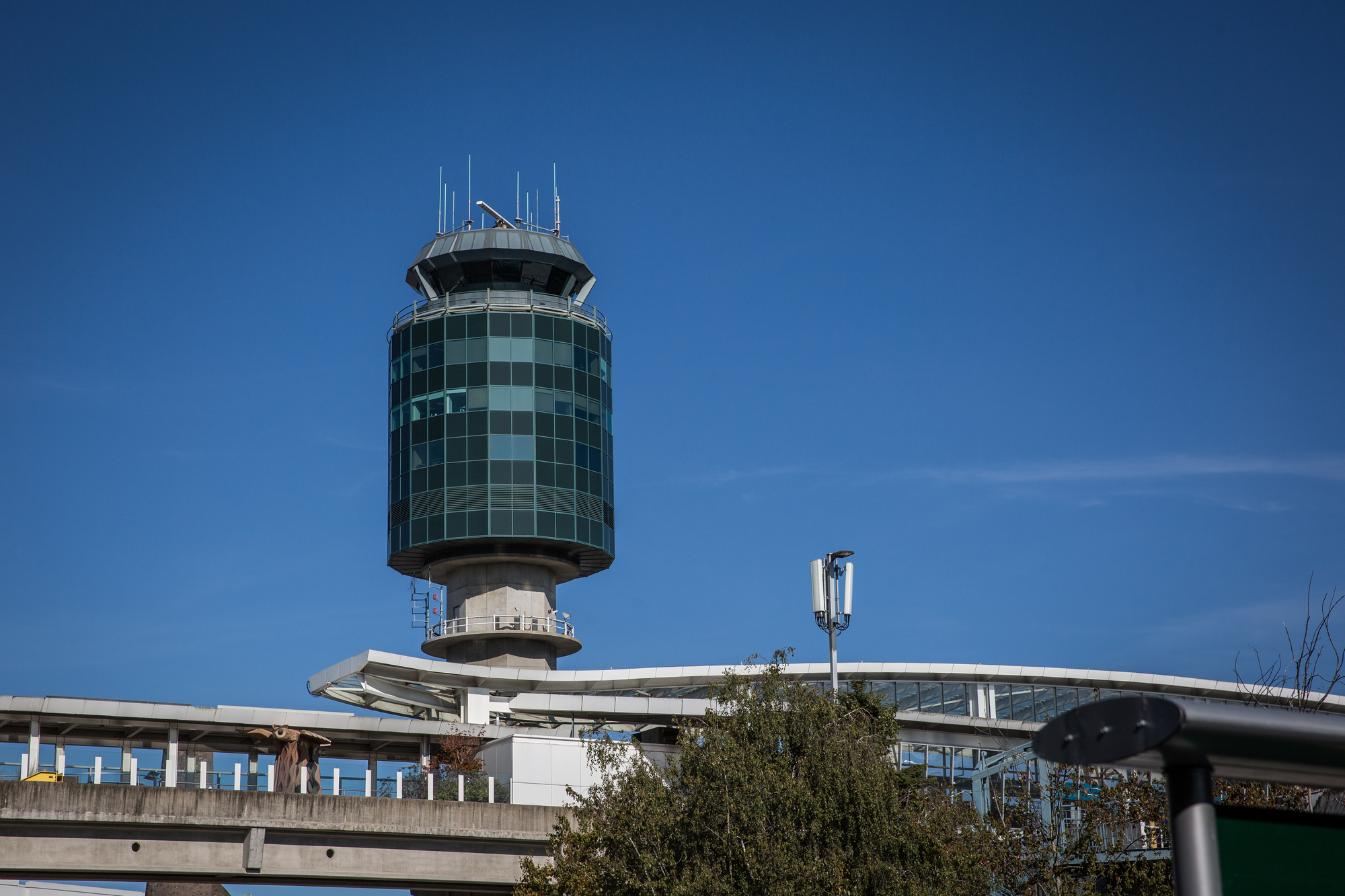How to improve capacity and efficiency in ATM
Stuart Ratcliffe, CANSO ATFM Workgroup Chair and Senior SME and Consultant: ATFM/CDM and ATM at Metron Aviation, examines how CANSO’s latest ATFM and CDM best practice can improve coordination and efficiency in ATM.
As air traffic movements continues to rise, increasing demand on airspace and at airports across the globe, it is vital that air traffic management uses the latest processes and procedures to support the efficient, effective and safe flow of traffic and coordination of operations across the aviation industry.
The annual growth of air transport demands solutions that ensure operational efficiency and security in air traffic management (ATM). It is a requirement under ICAO Annex 11 to the Convention on Civil Aviation for States to implement air traffic flow management (ATFM), which includes balancing demand against capacity to create a safer, more orderly and expeditious flow of traffic. This is an urgent operational priority for many ANSPs as demand on resources increases. Doing this in a coordinated, collaborative way is critical to sustaining success.
The impetus for ATFM and collaborative decision-making is often driven by industry stakeholders, specifically airspace users who are requiring an efficient service. Increased flying times, airborne holding, extended radar vectoring, extended routings, extensive speed control, delays on the ground and in the air are all critical issues for airspace users and the flying public they serve. These conditions result in a lack of predictability for stakeholders, and is something that more seamless traffic flow and increased information sharing and coordination can help to overcome.
The role of ATFM is to monitor demand, capacity and constraints at airports and in airspace, and identify where imbalances exist. It enables stakeholders to share accurate and up-to-date information, and make appropriate decisions to balance demand with capacity, and improve traffic flow. In addition, collaborative decision-making (CDM) is an effective process for ensuring all stakeholder needs are considered before decisions are made. Together, these processes can optimise airport and airspace capacity and improve the efficiency and effectiveness of air navigation service provision.
CANSO’s latest guidance document, Implementing Air Traffic Flow Management and Collaborative Decision Making, examines why ATFM and CDM are important, and offers practical advice in support of ICAO’s Doc 9971 Manual on Collaborative Air Traffic Flow Management (ATFM) on meeting industry requirements, and examples of successful implementation. The document combines the expertise of the CANSO Members experienced in ATFM implementation, and is a useful tool for developing, monitoring and improving vital ATFM and CDM techniques. It is a must-read for any ANSP looking to both implement ATFM and improve ATM performance.
The growing demand for cohesive operations and integrated services is a becomingly increasingly important across the whole spectrum of ATM operations, and from airports to airlines, and new airspace users, air navigation service requirements are growing every day. It is therefore important that the ATM industry continues to find ways to remove barriers and create harmonised airspace in all areas of operations.
To find out more about how the CANSO community is working together to do this, and the opportunities and challenges this presents for the ATM industry, please join the CANSO Global ATM Operations Conference 2019. Through a variety of inspirational keynotes, discussion panels, best practice examples and interactive workshops, it will offer the tools, intelligence and connections you need to improve your day-to-day operations.
You can read Implementing Air Traffic Flow Management and Collaborative Decision Making here.




